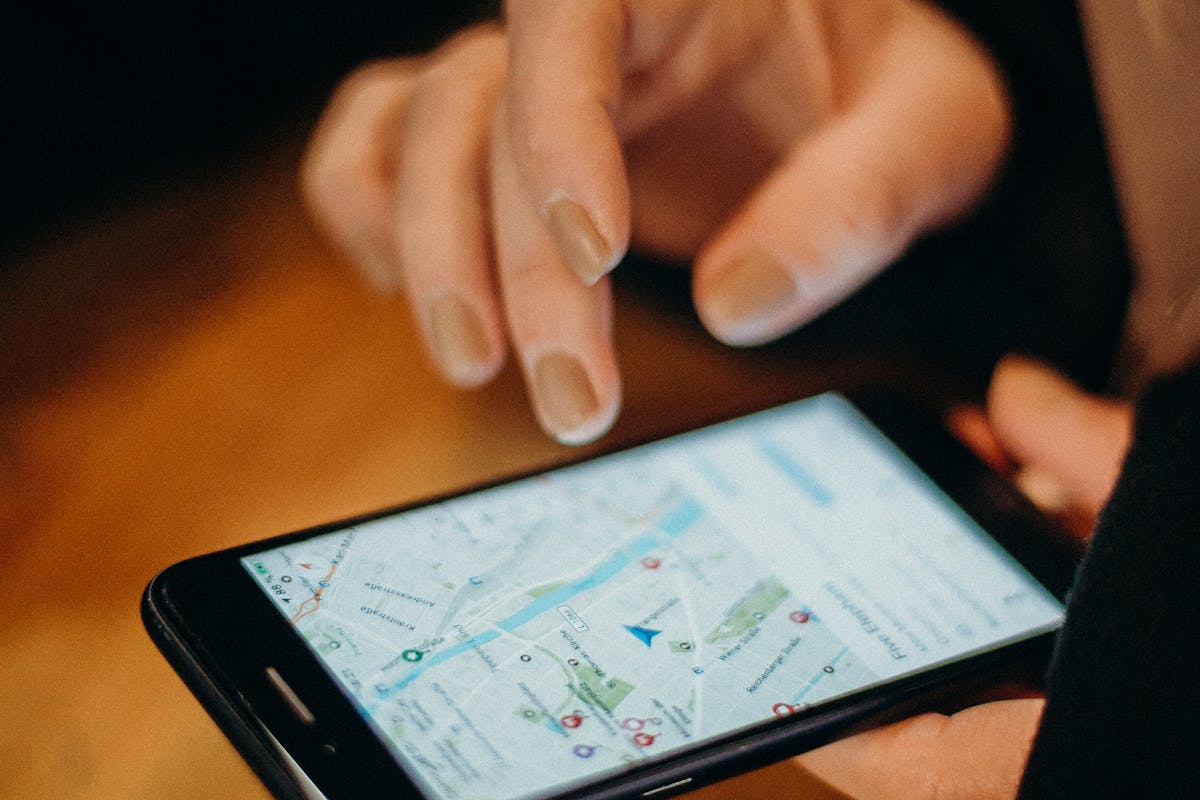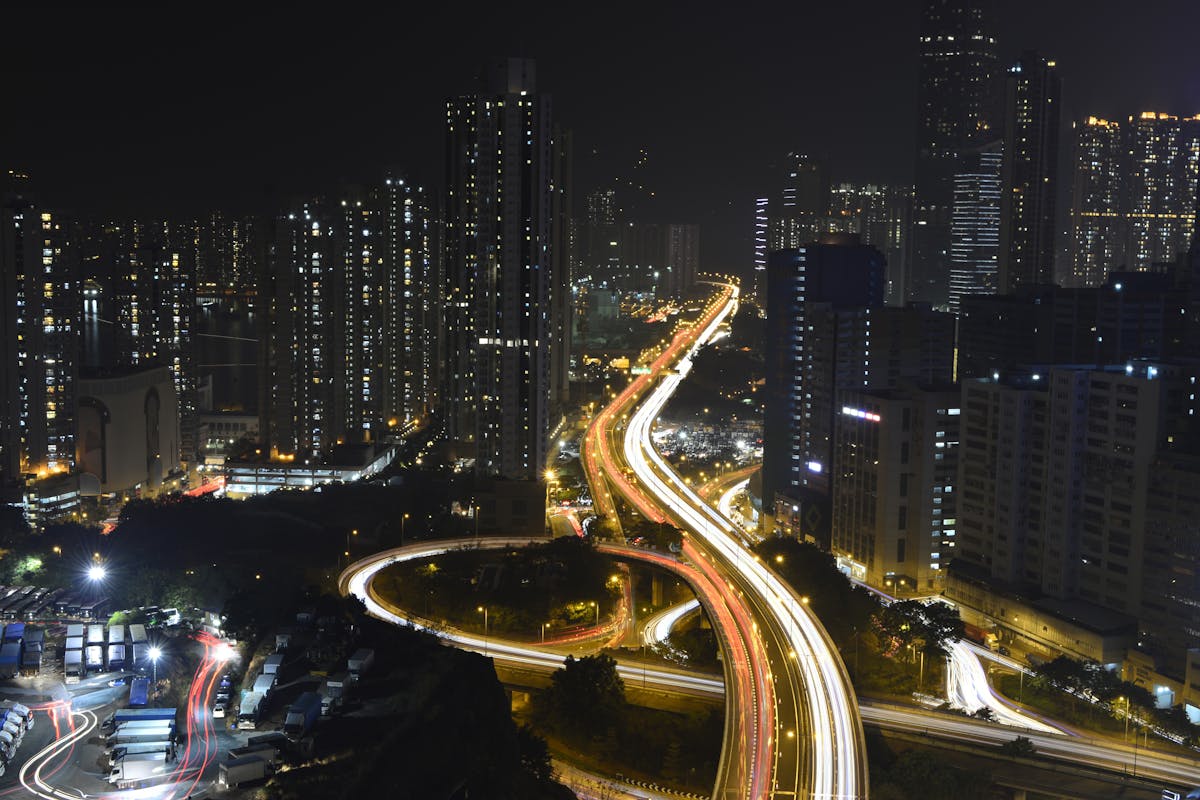- Southeast Asia’s urban growth drives a push for sustainable public transport, like electric buses and bike-sharing programs.
- SMRT Corporation in Singapore aims to operate a fully electric taxi fleet to cut emissions.
- Advancements in smart technology, such as real-time tracking and contactless payments, enhance transportation efficiency.
- Infrastructure improvements and the integration of multimodal networks are essential for reducing congestion and pollution.
As urban populations continue to grow and cities become more congested, the need for efficient and sustainable public transportation systems has never been greater. In Southeast Asia, where rapid urbanization is taking place, the future of public transportation is a hot topic.
From innovative technologies to ambitious infrastructure projects, there are many exciting developments on the horizon. This blog will explore critical things you need to know about the future of public transportation in Southeast Asia.
Sustainable Solutions
With concerns about climate change and air pollution on the rise, governments in Southeast Asia are increasingly looking toward sustainable solutions for their public transportation systems. This includes investing in electric buses, expanding bike-sharing programs, and promoting walking-friendly infrastructure. In major cities, efforts are being made to reduce reliance on cars and promote eco-friendly modes of transport.
Singapore’s SMRT Corporation Ltd, for example, has a goal to convert its entire taxi fleet to electric taxis. Led by their chairman, Seah Moon Ming, the company aims to have 100% of their taxis running on electricity by 2023. The SMRT chairman believes that this move will not only reduce carbon emissions but also save the company money in the long run.
Smart Technology
The future of public transportation in Southeast Asia is also being shaped by advancements in smart technology. Here are four examples of how technology is being used to improve transportation systems in the region:
Real-Time Tracking
In cities like Jakarta, commuters can now track the location and estimated arrival time of buses and trains through mobile apps. This helps to reduce wait times and improve overall efficiency. In the future, this technology could also be used to optimize bus routes and reduce traffic congestion.

Contactless Payment
Gone are the days of fumbling for small change to pay for a bus or train fare. Many cities in Southeast Asia now offer contactless payment options, such as tapping a card or using a mobile wallet, making it more convenient for commuters to use public transportation.
Intelligent Traffic Management
Cities like Singapore and Bangkok are using intelligent traffic management systems to monitor and control the flow of vehicles on the road. This technology uses real-time data to adjust traffic signals, designate lanes for buses or emergency vehicles, and detect potential accidents.
Autonomous Vehicles
The concept of self-driving cars may still seem like a distant future, but it is already being tested in some Southeast Asian cities. In Singapore, autonomous buses are being trialed in a small area of the city to provide on-demand shuttle services. This technology has the potential to significantly improve efficiency and reduce accidents on the road.
Overall, smart technology is crucial in improving public transportation in Southeast Asia. As cities grow and face challenges such as traffic congestion and air pollution, these advancements will be vital in creating more sustainable and efficient transportation systems.
Infrastructure Development
One of the biggest challenges facing public transportation in Southeast Asia is the need for improved infrastructure. Many cities in the region suffer from overcrowded roads and inadequate public transport networks. However, governments are addressing these issues through large-scale infrastructure projects such as new metro lines, bus rapid transit systems, and elevated highways. These investments will improve connectivity within cities and help reduce traffic congestion and air pollution.

Integration and Connectivity
Another significant trend shaping the future of public transportation in Southeast Asia is a focus on integration and connectivity. Governments are working towards creating seamless multimodal networks that allow commuters to easily switch between different modes of transport.
For example, in Jakarta, plans are underway to integrate various forms of public transport, including buses, trains, and water taxis, under one unified system. This will make it easier for people to travel across the city without relying on private vehicles.
As Southeast Asia faces the dual challenges of rapid urbanization and environmental concerns, the region is embracing innovative solutions to revolutionize its public transportation systems. From smart technology enhancements to large-scale infrastructure developments, these initiatives pave the way for a more efficient, sustainable, and integrated future in urban mobility. As cities continue to evolve, integrating these advancements will be crucial in meeting the growing demands of urban populations and achieving long-term sustainability goals.


